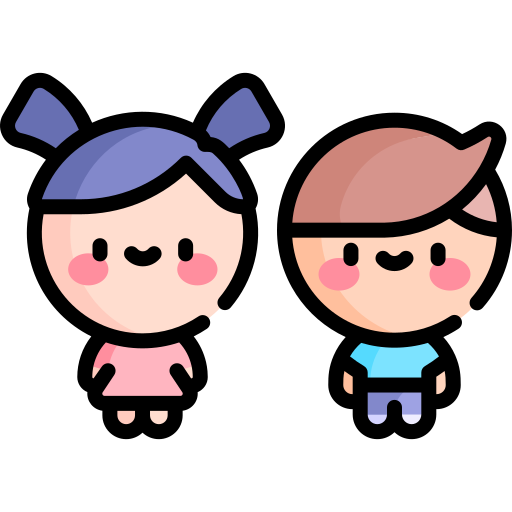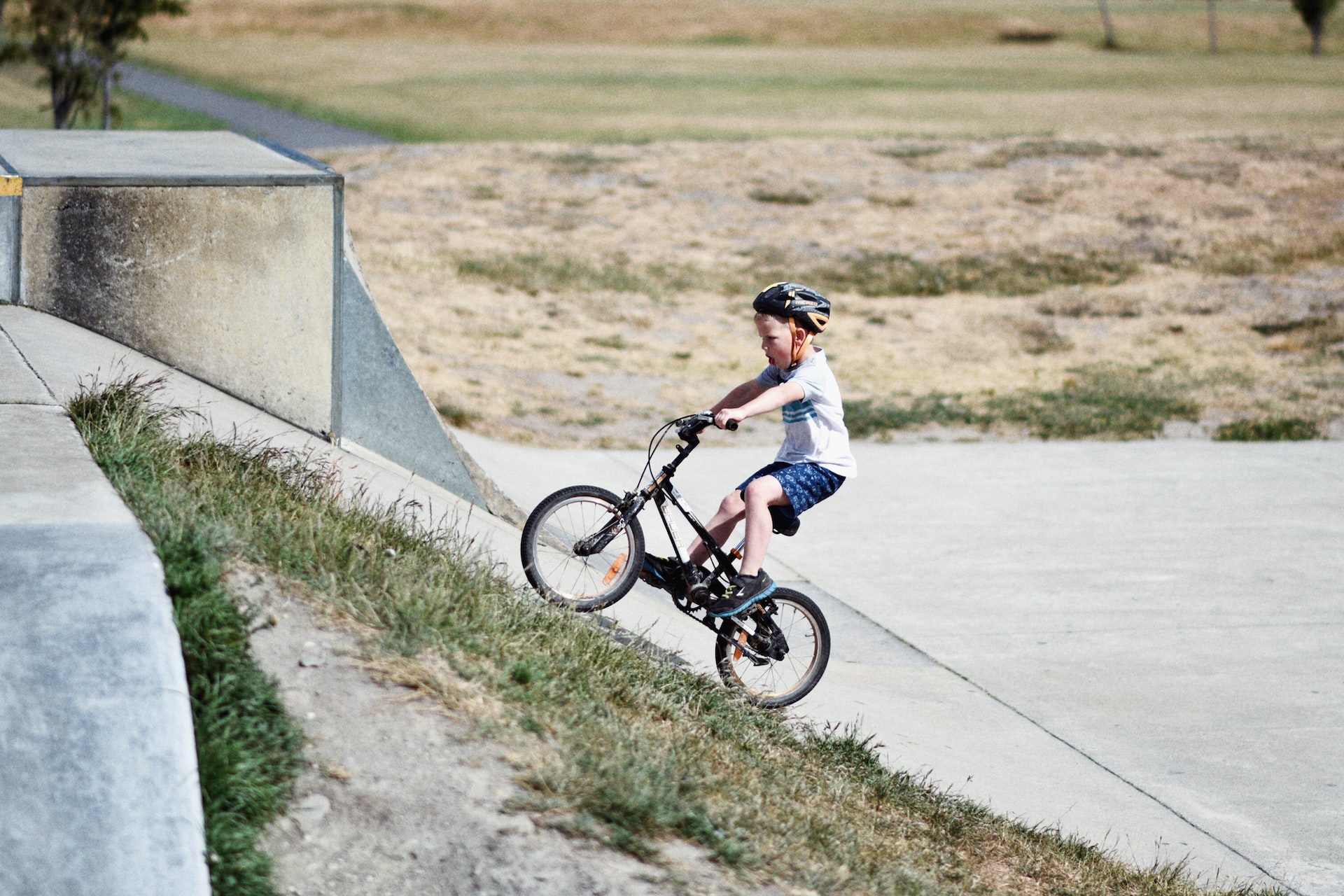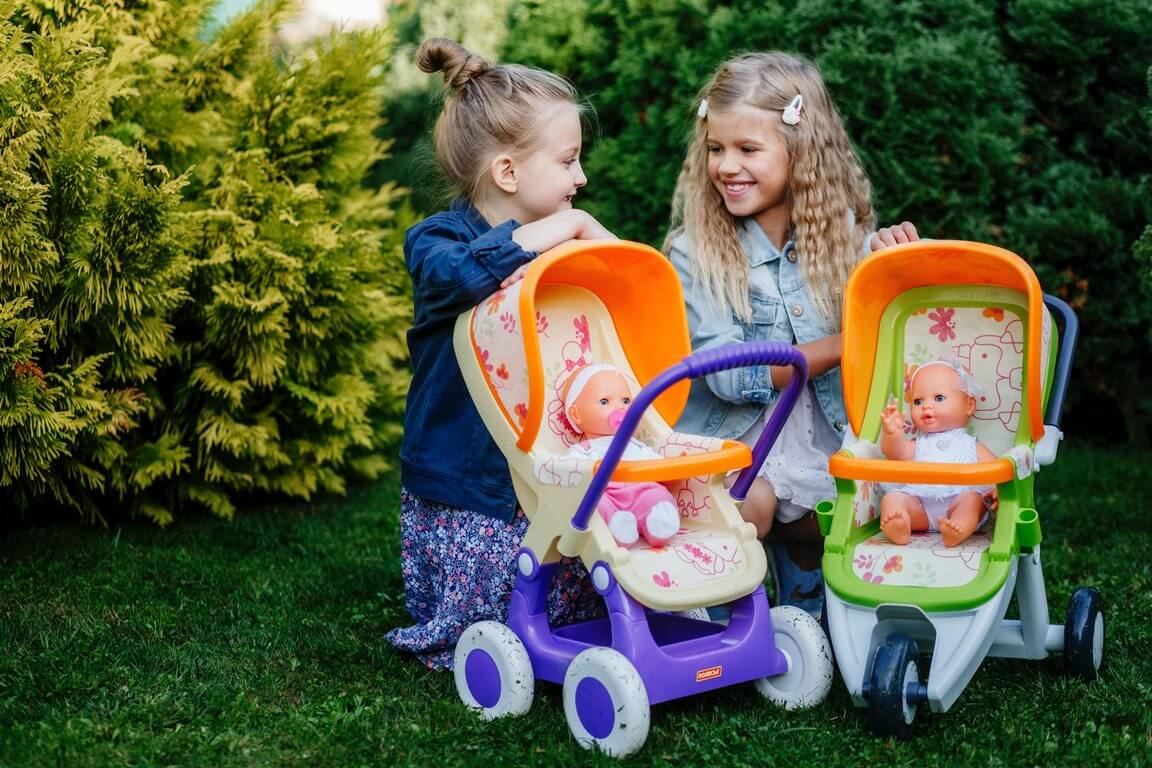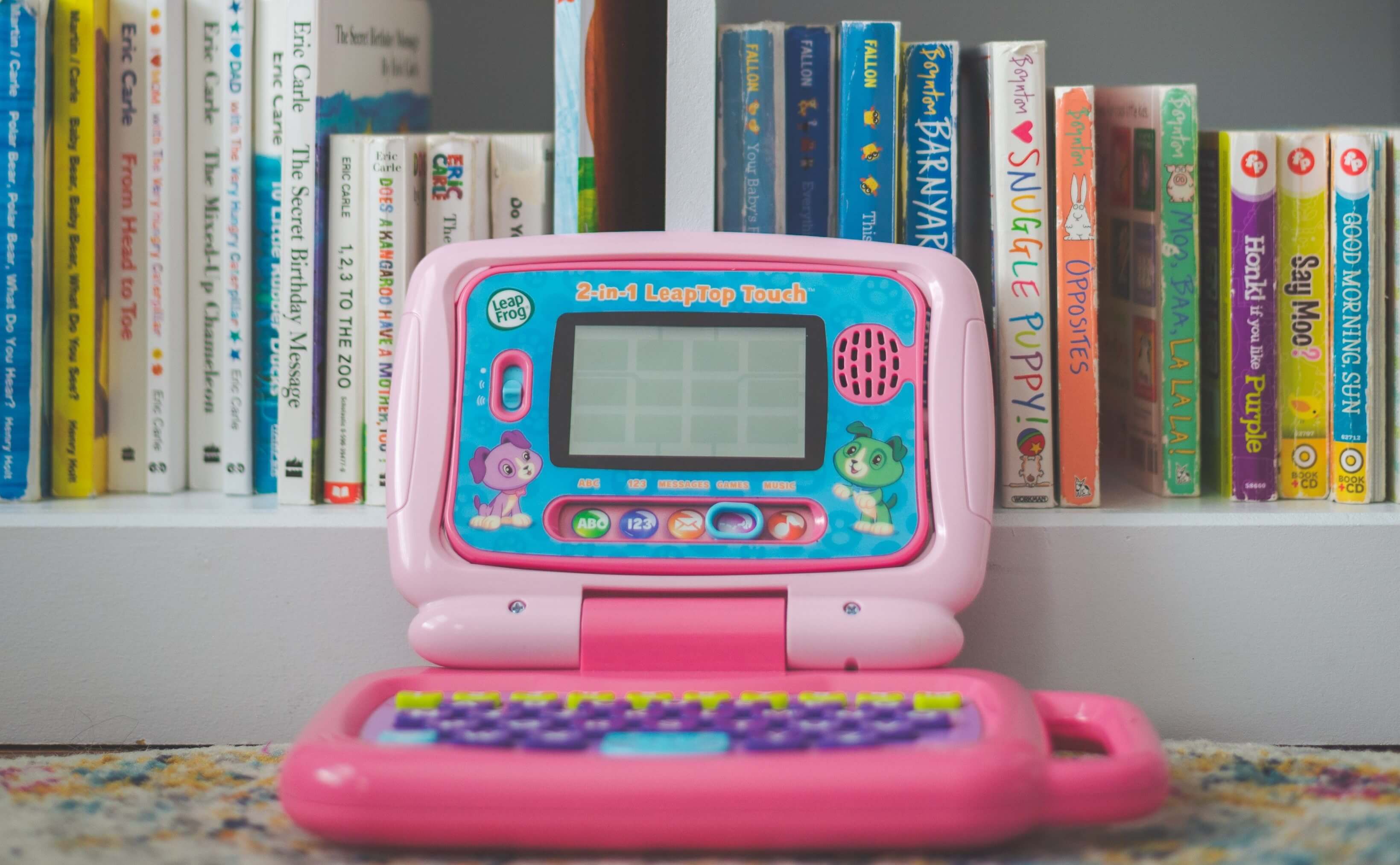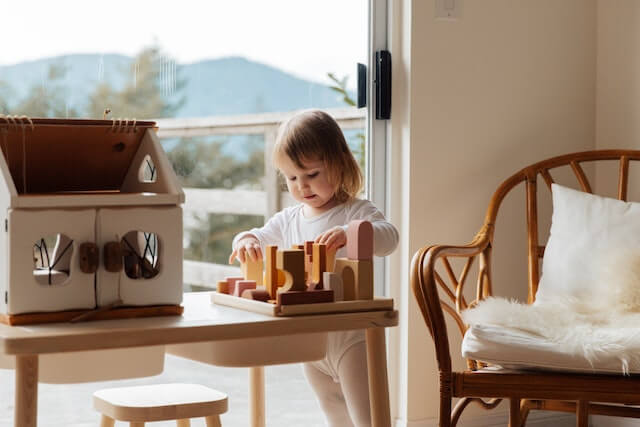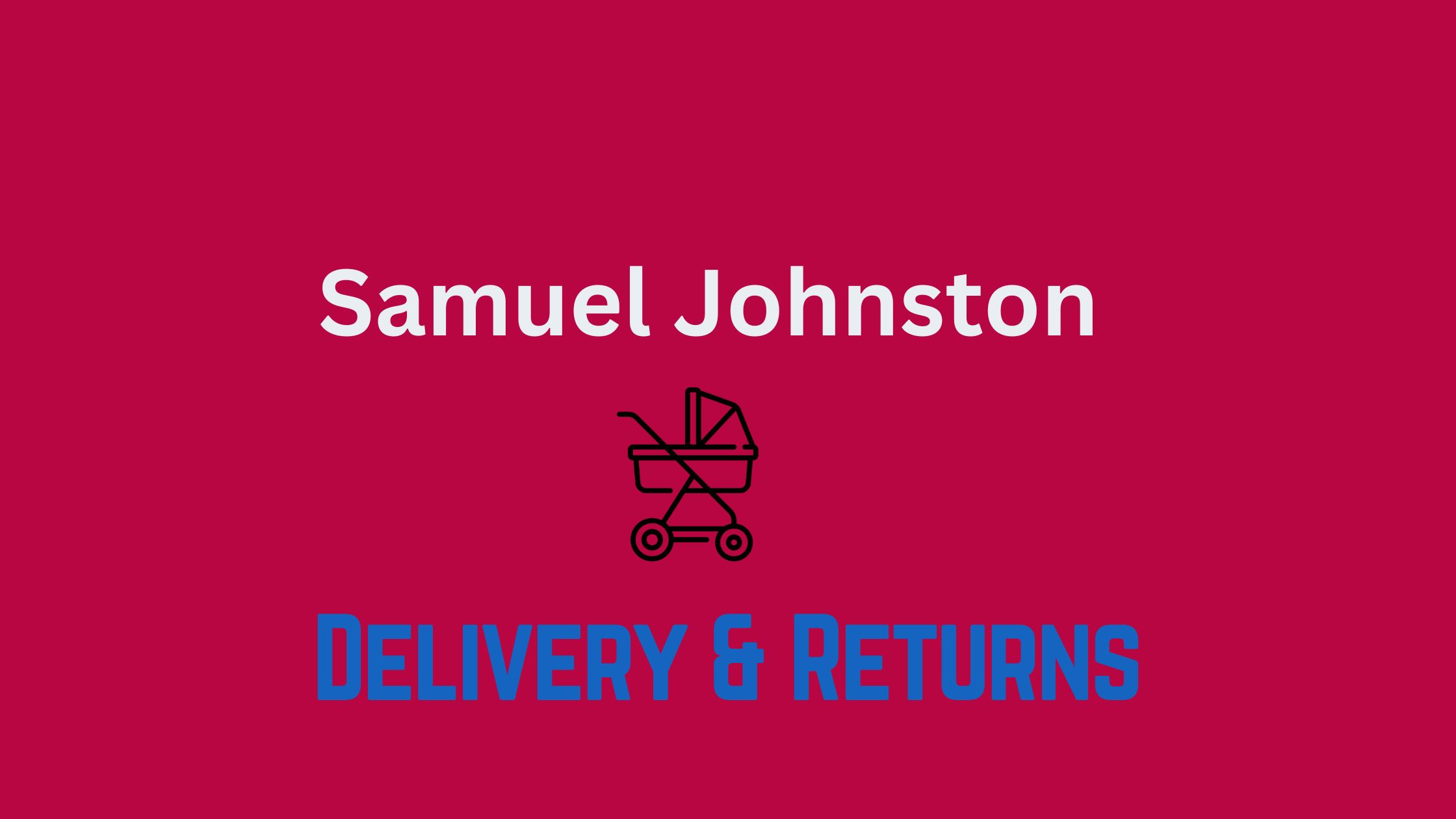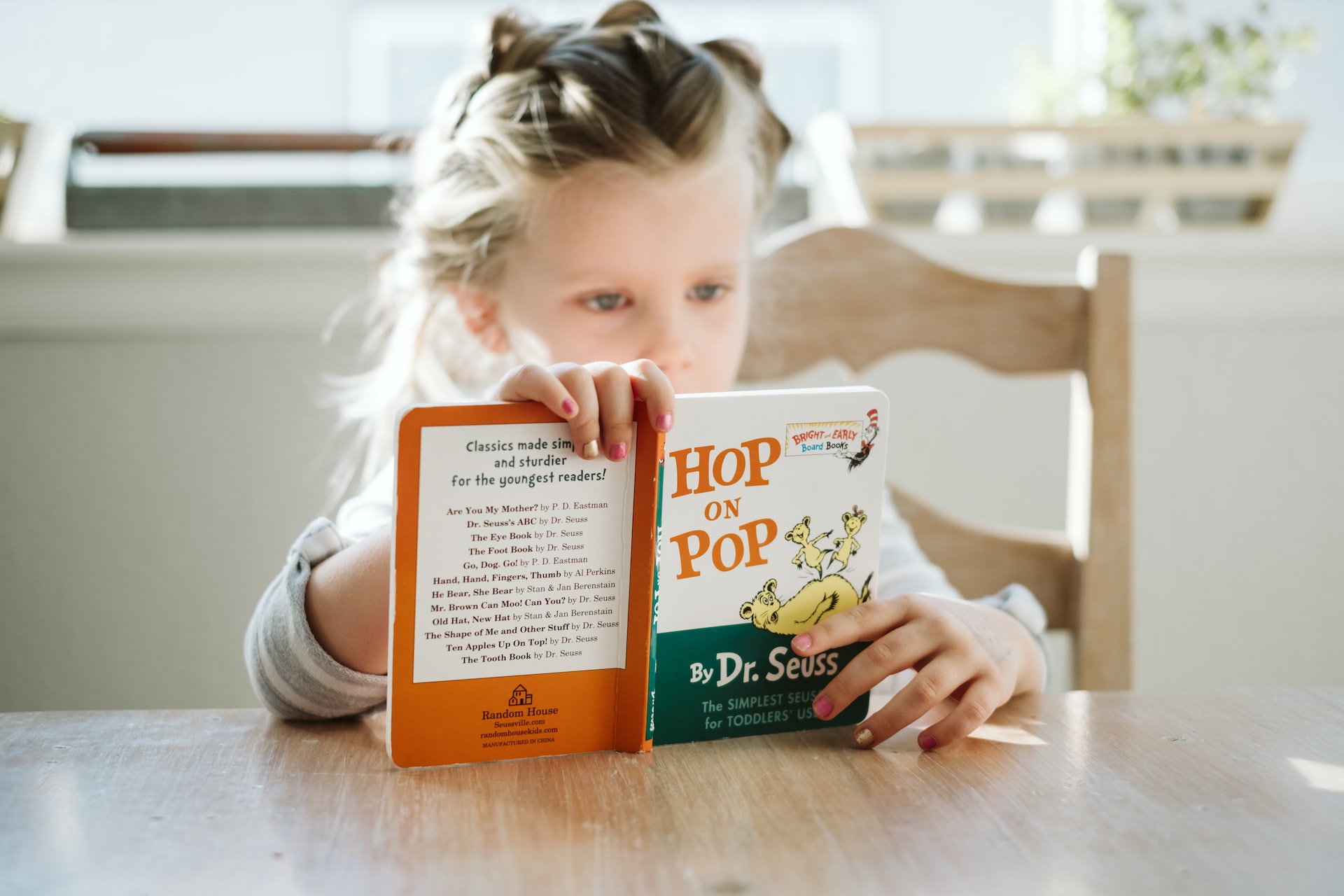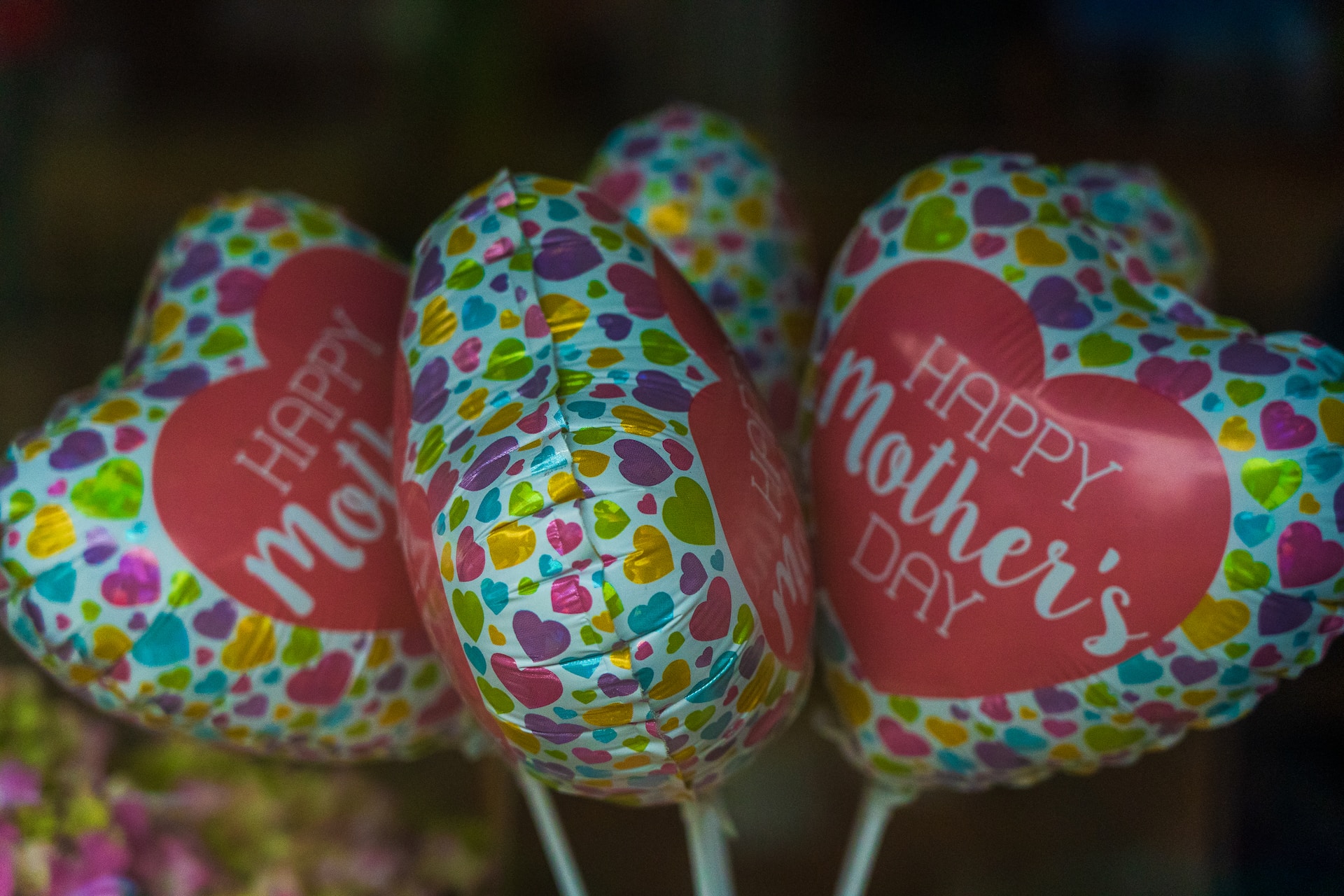There are many different types and sizes of kids’ bikes and trikes, and toddlers as young as 18 months old have been spotted using them. For many years, a child's introduction to cycling has been on a tricycle. In fact, most children seem to consider riding kids’ bikes and trikes to be a necessary life skill. Toddler or kids’ bikes and trikes are a fantastic technique to promote outside play and independence in kids. Kidly Voucher Codes will help you in buying the best kids’ bikes and trikes at low prices.
Do Toddlers Benefit From Trikes?
Riding a tricycle is a great way for your child to develop better balance and coordination throughout their body. Riding kids’ bikes and trikes improves muscle growth, motor skills, and hand-eye coordination. Also, when your toddler masters climbing on and off the trike, it also improves arm-leg coordination.
Of course, it's enjoyable, and kids adore it because it makes them feel good about their physical prowess.
Factors To Consider When Buying Kids’ Bikes And Trikes
There are a few additional factors to take into account when choosing the appropriate bike once you have an idea of what size to look for. Use the House Of Fraser Promotional Code and get savings on kids’ bikes and trikes.
Standover Height:
The measurement between the top tube of the bike and the ground, or the standover height, is taken into consideration when determining what size bike a child should ride. The bike shouldn't need to be leaning over for the child to stand on top of the top tube with their feet flat on the ground.
Reach:
This one is apparent. It makes perfect sense to be able to reach the handlebars, of course. The elbows of a child that is riding comfortably will be slightly bent. But more essential, a child should be able to reach and use the brake pedals. Hand brakes tend to become a thing with 20" wheel kids’ bikes and trikes and up. A lot of them include reaching adjustments so you may move them closer to the handlebars. Make sure the brakes are simple to operate as well as to reach.
Developing a Bike:
Naturally, we want a child to be able to ride a bike for as long as possible before outgrowing it. This frequently necessitates using a bike that is originally too large. Although it's not the end of the world, having a large bike may make it difficult to reach the brakes or the standover height.
SELECTING THE CORRECT BIKE
Children are tiny. They lack the authority that young adults or teenagers do. A heavy big box store bike will therefore feel cumbersome and challenging to control. Admit it—you've seen a lot of children riding their bicycles up the brief hill to get to school. We at Contender Bicycles want kids to enjoy riding bicycles, and this is much more likely to occur when the bike is lightweight while maintaining high quality and simplicity.
Children between the ages of 2 and 4 are probably still learning how to ride a bike, and they will probably feel most at ease on a 12-inch bike. A balance bike and a pedal bike are the only real choices for bikes with 12-inch wheels.
Pedals, brakes, and chains are not included with balance bikes like the Strider or similar models. Instead, it is the child's responsibility to move slowly and scoots along with their feet. It is simpler to learn to balance, steer, and control speed on these kids’ bikes and trikes because they are typically lighter and easier to handle. Rear coaster brakes that slow the bike down as the rider pedals backward are added to 12-inch pedal kids’ bikes and trikes. A balance bike will make learning to ride a bike the fundamentals a little bit easier for children than training wheels, which are a great way to get kids excited about bikes.
Why Tricycles Are Popular?
Tricycles are also a popular option here. However, trikes don't make it easier for kids to ride bicycles later on and are difficult to maneuver as kids go faster than on a bicycle. Kids’ bikes and trikes are not typically available from us.
16-inch kids’ bikes and trikes are suitable for youngsters ages 4 to 8. They normally only have one gear, come with detachable training wheels, and are pedal-only bicycles. If there is a brake, it is usually unnecessary compared to the pedal-operated coaster brake it will come with because it controls the rear wheel.
How To Choose A Child's Bicycle
Then there are the 20 and 24-inch bikes, which are beginning to resemble adult bicycles more and more. There are other options available, including a variety of speeds, the addition of suspension, tire selection, and even disc brakes! But, due to extensive first-hand experience and parent feedback, we normally only stock one particular type of children's bike.
OUR PHILOSOPHY FOR SELECTING A KID'S BIKE
Most of our children's bicycles follow this principle and resemble the BMC Twostroke AL or the Cannondale Cujo. These bikes forego a suspension fork and numerous gears in favor of a wider tire, disc brakes, and an abundance of smiles. Regardless of price, we think these kids’ bikes and trikes are the best ones for kids.
Here's The Thing:
For lightweight children, removing the suspension fork and replacing it with wider tires makes more sense. This results in a lighter bicycle with fewer bike parts that are susceptible to failure. And let's face it, kids are skilled at wrecking kids’ bikes and trikes. Instead of suspension, the kids’ bikes and trikes we sell frequently have wider tires that are easier to maneuver, have more traction for cornering and braking, and offer a respectable level of trail forgiveness.
And if we're being completely honest, the majority of suspension forks on children's bikes aren't exactly of the highest caliber. Most of the time, kids bikes with a suspension system will hardly make a difference in how controlling a bike is, much less how comfortable it is, due to the low-quality forks and lighter body weight of young riders. In other words, the kids’ bikes and trikes end up being heavier than they should be. At Contender Bicycles, we also seek components that fit young riders. Shorter fingers are required for brake levers. It can't be necessary to have extremely strong and agile hands to change gears. A cyclist of any age is more likely to enjoy the ride and look forward to the next one if you keep it simple, as we previously mentioned. Due to their increased durability and the fact that there is one fewer component to adjust or repair, kids’ bikes and trikes often just feature one chainring up front.
Read More Blogs: How Kids’ Entertainment Can Help Them In Better Development?

